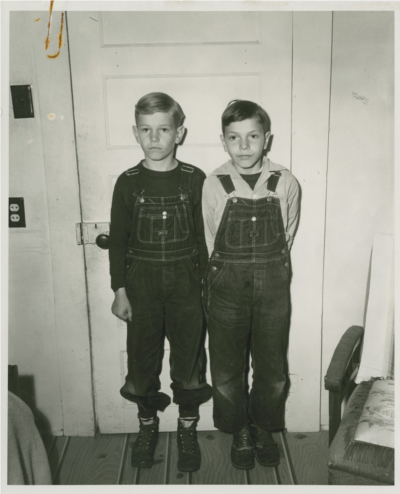The Free State of Jones: Mississippi’s Longest Civil War (Scarborough review)
Civil War History
Volume 49, Number 1, March 2003
pages 72-74
DOI: 10.1353/cwh.2003.0026
William Kauffman Scarborough, Professor Emeritus of History
University of Southern Mississippi
The Free State of Jones: Mississippi’s Longest Civil War. By Victoria E. Bynum. (Chapel Hill: University of North Carolina Press, 2001. Pp. 316. Cloth.)
For generations the so-called legend of the “Free State of Jones” has circulated throughout Mississippi and, to a lesser extent, beyond the borders of the state. Anti-Confederate elements within this piney-woods county in south Mississippi, so the story goes, actually seceded from the Confederacy and established a small independent republic. As previous historians have discovered, the story is entirely apocryphal. In actuality a band of Confederate deserters led by Newton Knight formed a company in the fall of 1863 that subsequently gained control over much of this predominately non-slaveholding county and engaged in a number of skirmishes with Confederate cavalry units over a period of more than a year. The Knight Company was pretty well decimated during what the author term’s an “infamous” Confederate raid into the county in April 1864 led by Col. Robert Lowery, later a two-term governor of Mississippi (115). By the time the skirmishing ended, ten of the Jones County deserters had been hanged, and most of the remainder had either fled to the swamps, returned to the Confederate army, or joined the Union army in New Orleans.
Those expecting to read a detailed account of the Civil War activities of Newt Knight and his intrepid band of dissident warriors will be disappointed with this book. Only two of the eight chapters (thirty-four pages in all) are devoted to the war. Instead, the author concentrates primarily on the background of the families that settled in this rural piney-woods county and on the interracial liaisons that resulted in the so-called community of “white Negroes” after the war. Indeed, as the dust jacket proclaims, this is actually an account of the “origins and legacy” of the legendary Jones County rebels from the American Revolution to the twentieth-century civil rights movement. With a heavy emphasis upon the currently fashionable theme of race, class, and gender, Bynum traces the movement of such families as the Knights, Collinses, Welborns, Bynums (the author’s father was a native of Jones County), Sumralls, Welches, and Valentines from their antecedents in the Carolinas, where they were allegedly influenced by the Great Awakening and the Regulator Movement, to their settlement in south Mississippi during the first third of the nineteenth century. It was these independent-minded nonslaveholding yeomen who opposed secession in 1861 and ultimately took up arms against the Confederacy, aided in no small measure by the female members of their families.
One of those women was Rachel Knight, a mulatto slave who had supported the Knight Company during the war and who later had a long-term intimate relationship with Knight, apparently bearing him at least two sons. Whatever the true relationship between Newt and Rachel, it is clear that the older children of the two intermarried beginning about 1878, thereby giving rise to a mixed-race community in Jones County that endures to this day. The ambiguous racial identities in the county were illuminated in 1948 when Davis Knight, a great-grandson of Rachel Knight, was convicted of violating the anti-miscegenation laws then on the books in Mississippi because he had married a white woman two years before. Although his conviction was overturned by the state supreme court, the case illustrates the complexity of the family relationships that resulted from the interracial unions inaugurated by Knight and his black paramour.
Bynum, who clearly sympathizes with Knight and his company of anti-Confederates, contends that the Civil War dissident has been stigmatized unfairly by his postwar defiance of racial customs. If he was not quite the Robin Hood figure depicted by his son, Thomas J. Knight, in a 1935 biography, he was certainly not the villainous traitor described by his segregationist grandniece, Ethel Knight, in what…



